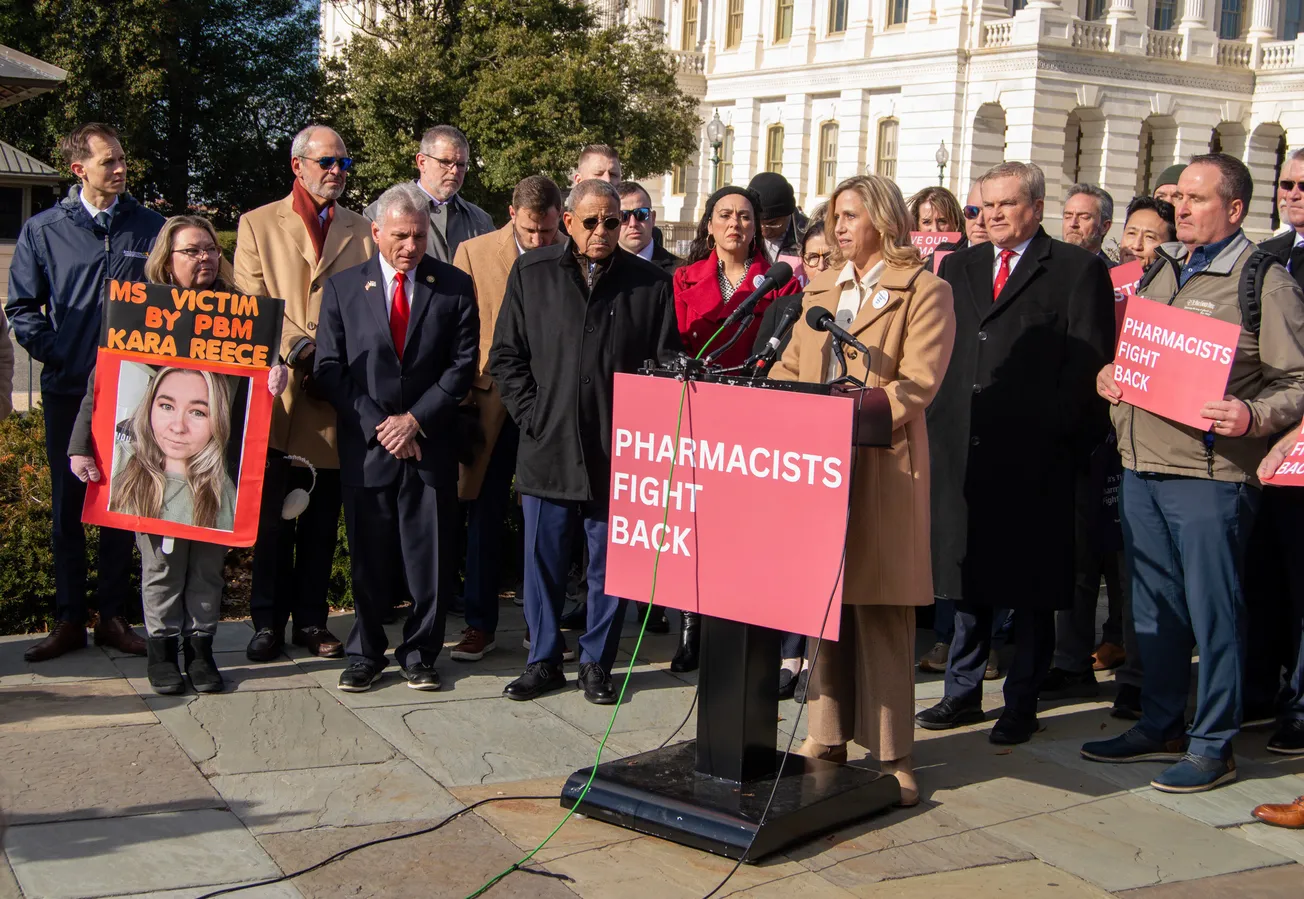DALLAS – Pharmaceutical Strategies Group (PSG), an EPIC company, is pleased to announce the release of its annual Trends in Specialty Drug Benefits report. Delivering visibility into the complexity of the specialty drug landscape, it offers detailed intelligence through proprietary research.

Specialty drug costs have continued to push the boundaries in terms of complexity and affordability. The complicated landscape must consider many variables, such as multiple dispensing channels, dual payment methods, and site of care. This report takes a detailed look into what plan sponsors are facing as they make decisions relative to specialty drug benefit plan design.
Alternative funding continues to be a hot topic as plans explore strategies to help offset the high cost of specialty drugs.
“As plans continue to seek ways to offset specialty drug costs, the market is divided as to whether alternative funding is a positive option or a detriment,” commented Michael Lonergan, PSG president. “Affordability of specialty drugs for plans and members is driving this interest, while there is a concern about sustainability in these models.”
Integrated pharmacy and medical claims data for managing specialty drugs remains essential.
“Total cost of care is a key concern, and payers rely on reporting that details how well specialty drugs are performing through the insights of integrated data. However, the challenge is in tracking clinical efficacy,” observed Morgan Lee, PhD, MPH, CPH, Senior Director, Research and Strategy.
Affordability of cell and gene therapies will likely be a significant payer challenge in coming years.
“As the cost of specialty drugs continues to increase, some health plans and fewer employers have explored the use of value-based contracting (VBC), a performance-based reimbursement agreement. Rare disease treatments that are being targeted by cell and gene therapies will drive future spending,” noted Renee Rayburg, RPh, Vice President, Specialty at PSG. “VBCs represent an effort into finding strategies for keeping costly specialty drugs accessible and affordable.”
Key findings from the report include:
- Gene Therapies: While just 24% of respondents have had a gene therapy patient, 81% expect affordability of gene therapies to be a moderate or major challenge in the next 2-3 years.
- Alternative Funding: 14% of employers and 7% of health plans use alternative funding models, and 14% of employers and 33% of health plans are exploring their use. However, 68% of respondents viewed these models as not at all or slightly sustainable.
- Value-based Contracting: Only 12% of respondents report using value-based contracting for specialty drugs. The need for additional evidence, difficulty agreeing on and tracking outcomes, and lack of resources and buy-in were all cited as key barriers to adoption.
- Specialty Rebates: Nearly all plans receive specialty drug rebates under the pharmacy benefit, but health plans are more likely than employers to receive rebates under the medical benefit (66% vs. 27%).
Additional topics covered in the report include increasing usage of new-to-market formulary blocks, interest in site of care programs, prior authorization tracking and reporting, and use of strategies related to biosimilars.
Download the Trends in Specialty Drug Benefits Report and register for the 5/10/23 webinar here: https://www.psgconsults.com/2023specialtybdr-webinar
About the Trends in Specialty Drug Benefits Report
PSG has been researching and reporting on drug benefit design for over 10 years. The report takes an in-depth look at trends and best practices in specialty drug benefit design through the lens of comprehensive questions and responses from over 180 employers, health plans, and labor unions.







